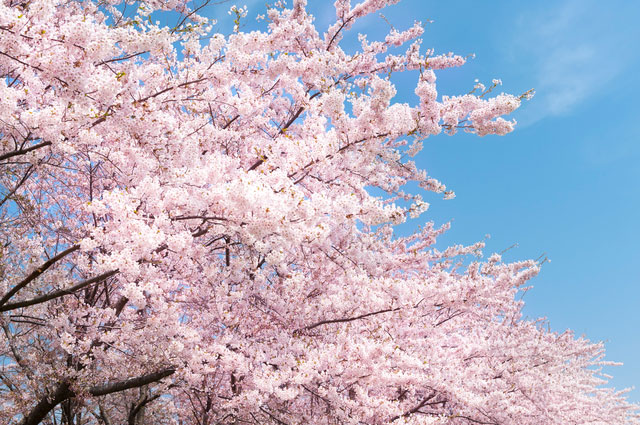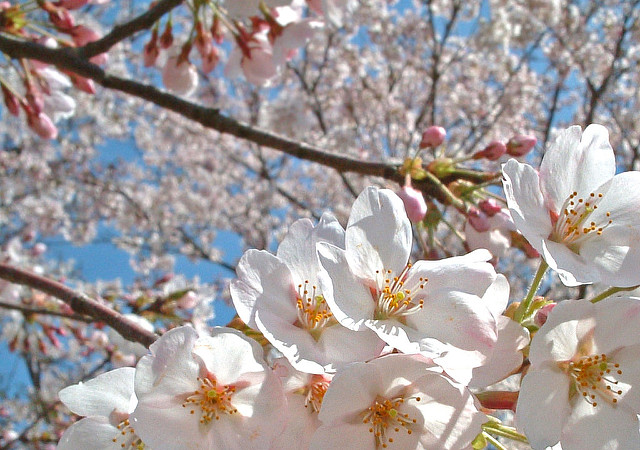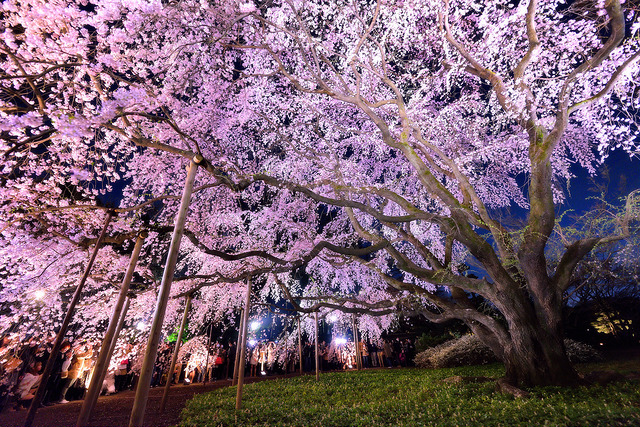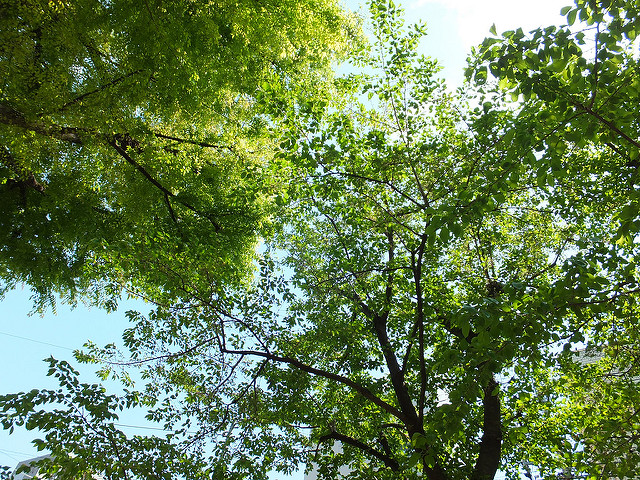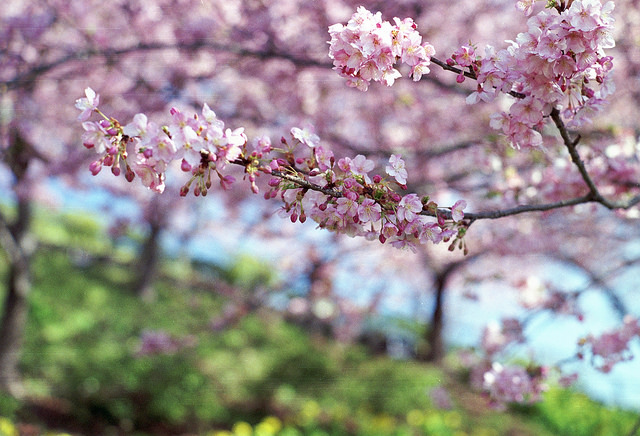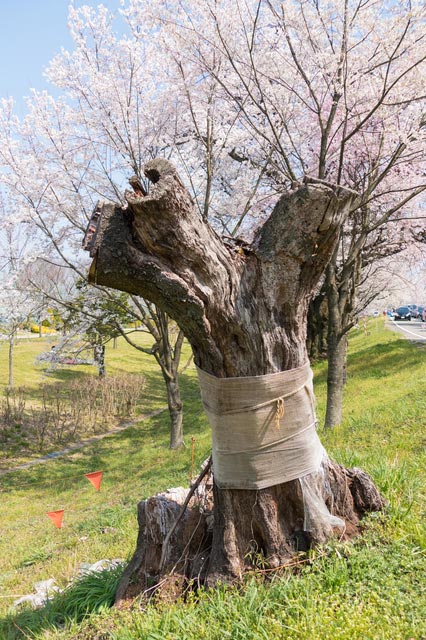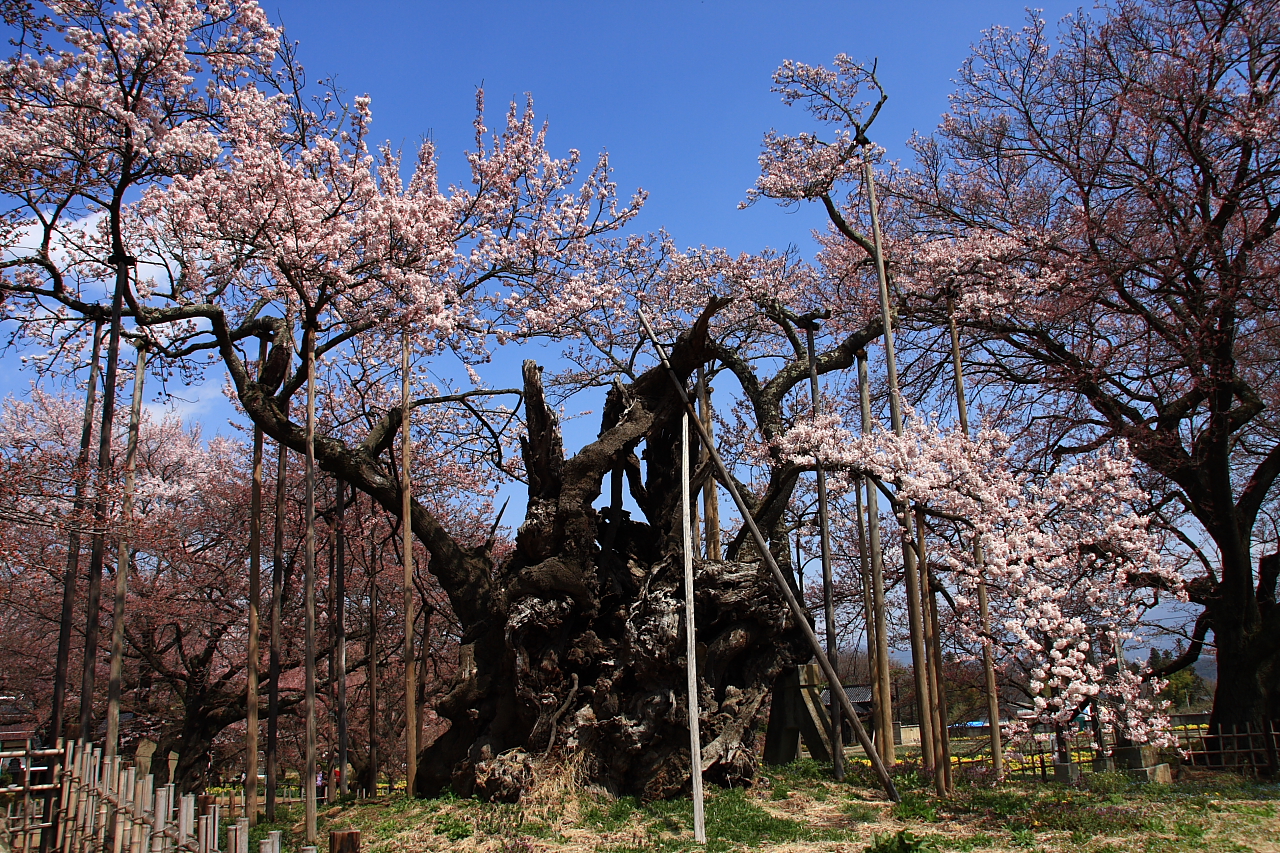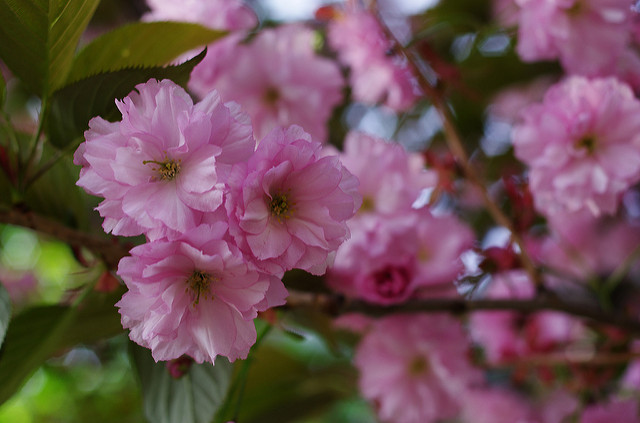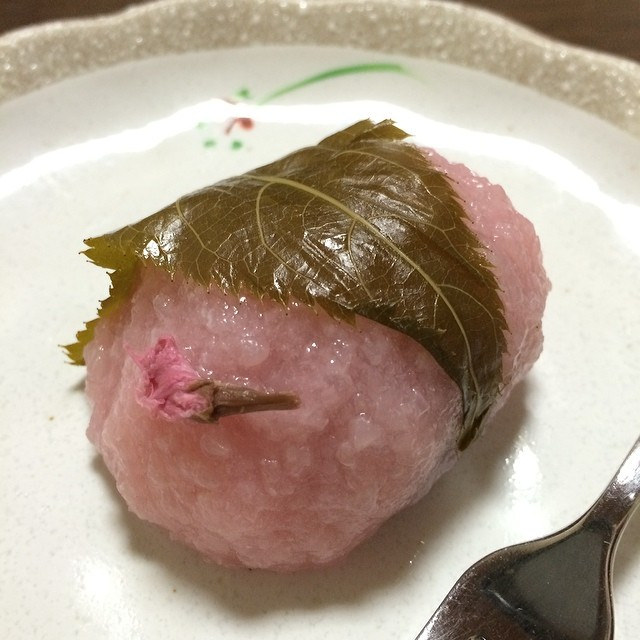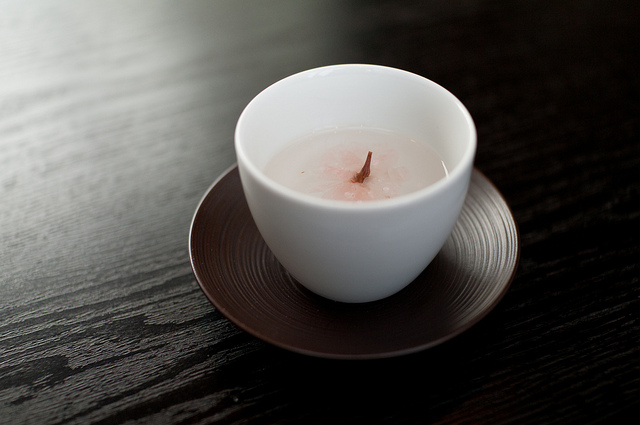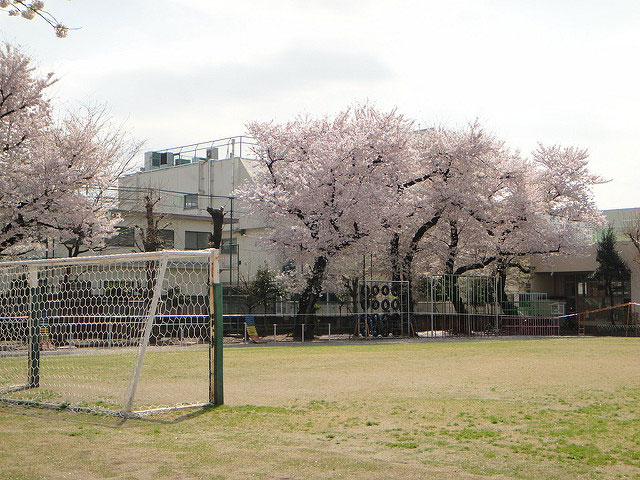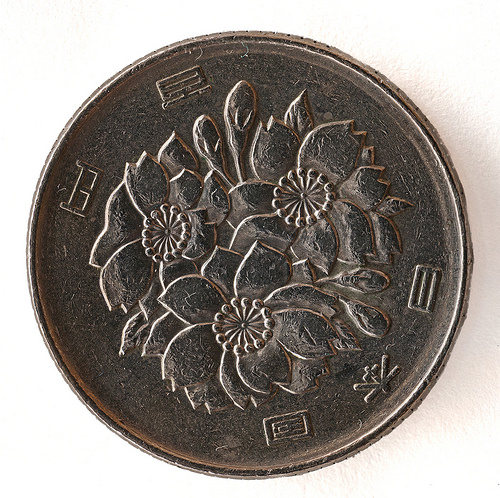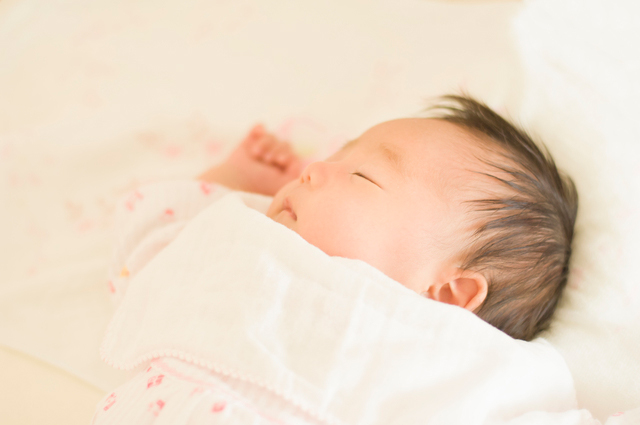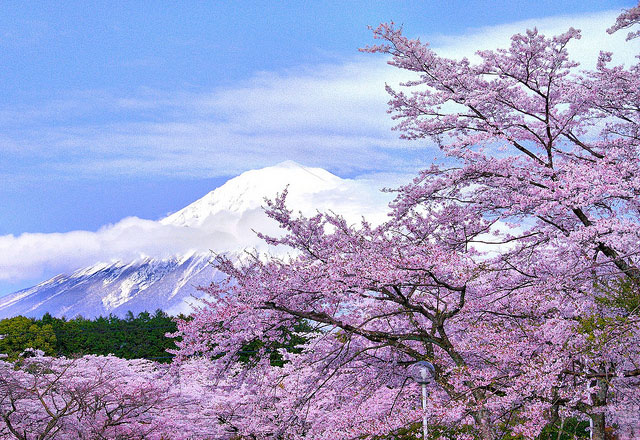
17 Facts You Didn’t Know About Sakura, Japan's Beloved Cherry Blossoms
Sakura (cherry blossoms) blanket Japan in the spring, painting the landscape in gentle pink hues. Not only are sakura a sight to behold, but they are deeply ingrained in Japanese culture: from art and poetry to food and drink. Sakura are also super interesting, and there are many facts about them that will surely amaze. In this article, we’ll share with you 17 sakura facts to get you even more excited for Japan’s cherry blossom season!
This post may contain affiliate links. If you buy through them, we may earn a commission at no additional cost to you.
1. Sakura Belongs to the Rose Family, Rosaceae
PIXTASakura (桜) is a general name for plants that belong to the subfamily of the Rosaceae. The English name for sakura is cherry blossom. Sakura can be written in Chinese characters/kanji (桜), in hiragana (さくら), or in katakana (サクラ).
2. Somei-Yoshino Is the Most Common Variety in Japan
autan/FlickrSomei-yoshino is a cultivar of sakura tree made in Japan. Its scientific name is Cerasus x yedoensis (Matsum.) A.V.Vassil.
Somei-yoshino have grown all over in Japan ever since the Meiji period. When the news announces the sakura has started blooming, they use the somei-yoshino variety as the standard.
Our Top Tips
JR Pass for Whole Japan
Explore Japan in the most convenient and economical way with a Japan Rail Pass! It is valid for the majority of railways and local buses operated by JR.
3. The Somei-Yoshino Variety Blooms for Around One Week
Taichiro Ueki/FlickrSakura flowers bloom and die fast. The flower petals fall down constantly, coloring the ground around them with a pretty carpet of white or pale pink petals. This feature is often admired and said to be one of the appeals of sakura.
4. There Is a Name for the State When the Sakura Petals Have All Fallen and the Leaves Are Budding
Omni Sight/FlickrThis state is called hazakura (葉桜). This seems strange at first, because there are no sakura flowers, yet 'sakura' is in the name. This may reflect just how much the Japanese people love every state of sakura trees.
If you'd like to see cherry blossoms in real life, this article explains when you can see cherry blossoms bloom in Japan in 2020, including detailed forecasts of sakura trees in each region!
5. There Are More Than 600 Species of Sakura in Japan
shuzo serikawa/FlickrThis number includes native and hybrid species in Japan. Sakura is known for its many varities that influence the change of petals, the size and color of the flowers, amount of fruit, and so on. This natural variation has also helped the creation of the many hybrid varities.
6. Sakura Trees Can Easily Rot
PIXTASakura rots from cuts in their bark or roots. Once it starts rotting, it could easily spread to the whole tree, and die. This is why you need to pay attention where you put your sheets or blankets during hanami picnics. You may easily be shortening the tree's life. Pictured above above is a sakura tree in treatment to prevent rotting.
Our Top Tips
Japan Shinkansen, Narita Express (N'EX) & Express Train Tickets
Plan ahead by booking your shinkansen, airport train, and express train tickets online in English. Have the tickets sent to you by mail or collect them at the station once you're in Japan.
7. The Oldest Sakura Tree Is 2000 Years Old
Furbychan/FlickrThis sakura is called the Jindai Zakura (神代桜). The root circumference is 13.5 m. You can see it at the Jissou Temple in Yamanashi Prefecture.(Official site in Japanese here.)
8. The Number of Petals Influences the Flower Name
tsukacyi/FlickrFlowers that have up to 5 petals are called hitoe (一重). Flowers that have 5 to 10 petals are called hanyae (半八重). Flowers that have more than 10 petals are called yae (八重). The image above are yae flowers.
9. People Sit Down Under Sakura and Feast
Dick Thomas Johnson/FlickrHanami (花見) means to look at the flowers, which is what you partly do during hanami, but you mostly eat and drink! This type of event is widely popular in Japan. Hanami is also a great social event to get to know your co-workers or your classmates better, since the new academic or business year starts in April, which is the same timing as when the sakura blooms.
If this sounds like something you'd like to try sometime, read through this article for a quick guide on how to do hanami!
10. You Can Eat Sakura Petals and Leaves
se7en/FlickrAfter the petals and leaves undergo a process called shiozuke (塩漬け), or brining, you get pickles called sakurazuke (桜漬け). Sakurazuke has a distinctive aroma and is used in pastries or sweets called sakura mochi (桜餅), which is shown in the image above. Sakura mochi is a Japanese treat, which is red bean curd either completely or partly wrapped by pink-colored mochi and wrapped in a sakurazuke leaf. Sakura mochi is often eaten during the sakura season. Sakura mochi isn't the only cherry blossom sweet out there! Check out our roundup of 15 Cherry Blossom Foods to Try This Spring.
11. You Can Also Drink Sakura Blossoms
Froschmann/FlickrPut 2 or 3 of the sakurazuke flowers into a cup of hot water to make a type of tea called sakurayu (桜湯). Since the flower blooms inside the cup and looks beautiful, sakurayu is often drunk at formal gatherings such as weddings.
Of course, given the sakura's prominence in Japan's society, people have devised many different ways to work the flower into food and drink. Check out this article for a few examples!
12. Sakura Is Seen as a Symbol of Grace and Transience
PIXTAIn the Japanese language of flowers, or hana-kotoba, sakura represents spiritual beauty and a good education. The language of flowers for somei-yoshino variety specifically is purity and a graceful beautiful person. The language of flowers for yae-zakura (八重桜), which are called double cherry blossoms in English, is a good education and grace. In other words, sakura has a positive message in Japanese culture. For more Japanese flowers and their meanings, you can read more about hana-kotoba here.
13. Sakura Is Also a Symbol for New Beginnings
PROcyberwonk Follow/FlickrThis is because the academic and business years start in April, when the sakura is mostly at full bloom. Also, many schools plant sakura trees on their grounds.
14. Sakura Is Engraved on the 100 Yen Coin
Ken OHYAMA/FlickrThis symbolizes just how deeply the existence of sakura is rooted in the Japanese culture. Other flowers engraved on coins are chrysanthemums on the 50 yen coin and tachibana on the 500 yen coin.
If you'd like to see these blossoms in real life, this article provides a list of places to check out!
15. The Self-Defence Forces of Japan Uses the Sakura Flower as a Logo
iskws/FlickrThe JMSDF (Japan Military Self-Defence Forces) use logos of sakura blossoms in their rank badges and flags. However, sakura is not the national flower of Japan. Japan does not have an official national flower.
16. Sakura is a Popular Girls Name
PIXTABoth Sakura and Sakurako (桜子) are popular girls names in Japan. 'Ko' means child, and is often at the end of the name of a female name. Sakura is often associated with femininity, so there are not many boys named Sakura out there.
17. March 27 is the Day of Sakura
Hideo/FlickrThis day was decided by the incorporated foundation of the Nihon Sakura no Kai (日本さくらの会), or Japan Sakura Association, in 1992. It does not hold any legal power; it is not an actual national holiday.
See Sakura in Japan!
If you're planning a trip to Japan this spring, check out our 2020 Cherry Blossom Forecast! This article gives you all you need to know about the most beautiful cherry blossom spots in Japan and when they're forecasted to be in their peak in 2020.
If you want to give feedback on any of our articles, you have an idea that you'd really like to see come to life, or you just have a question on Japan, hit us up on our Facebook, Twitter, or Instagram!
Header Image: Picnote / Shutterstock
The information in this article is accurate at the time of publication.

